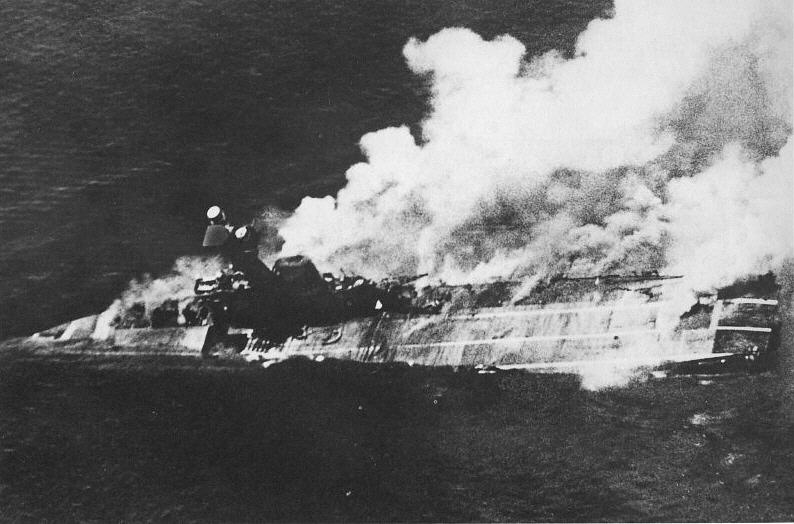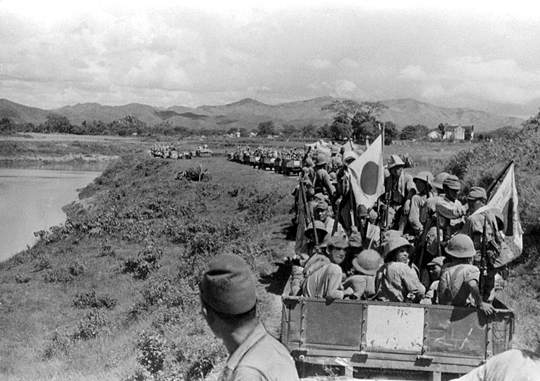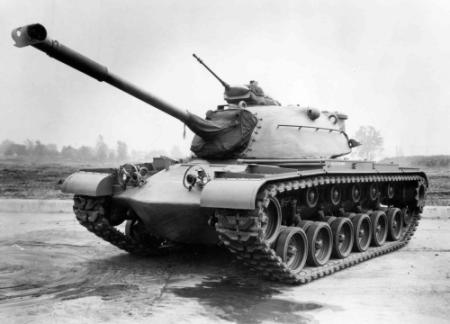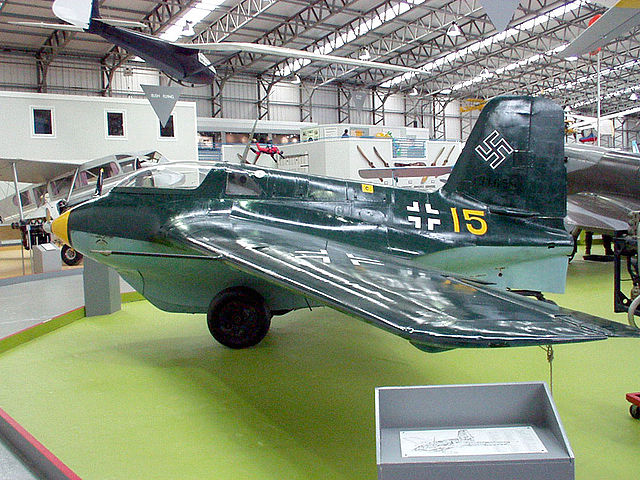
Indian Ocean during World War II, part 2

The Grumman Martlet fighter of the 888th Fleet Air Arm, operating from the carrier HMS Formidalbe, flies over HMS Warspite, the most effective battleship of the 1942th century; May XNUMX
Initially, the Indian Ocean was primarily a huge transit route between Europe and the Far East and India. Among Europeans, the British - precisely because of India, the pearl in the crown of the empire - paid the most attention to the Indian Ocean. It is no exaggeration to say that the British colonial empire consisted of colonies located on the Indian Ocean and along the routes leading to it.
In the fall of 1941 - after the conquest of Italian East Africa and the conquest of the Persian Gulf states - Great Britain's power in the Indian Ocean basin seemed unchallenged. Only three major territories - Mozambique, Madagascar and Thailand - were outside of London's military control. Mozambique, however, belonged to Portugal, officially a neutral state, but in fact Britain's oldest ally. The French authorities of Madagascar were still unwilling to cooperate, but had neither the capacity nor the power to harm the Allied war effort. Thailand was not much stronger, but - at odds with France - it seemed kind to the British.

On September 22-26, 1940, the Japanese army conducted a military operation in the northern part of Indochina and, after short-term French resistance, manned the area.
It is true that the Indian Ocean was influenced by German raiders and submarines - but the losses inflicted by them were symbolic. Japan might have been a potential threat, but the distance between Japan's capital Tokyo - and Singapore - a naval base on the border between the waters of the Indian and Pacific Oceans - is the same as the distance between New York and London. More political unrest was created by the Burmese Road, which the United States supplied to the Chinese fighting against the Japanese.
In the summer of 1937, a war broke out between China and Japan. It did not go according to the plans of Chiang Kai-shek - the leader of the Kuomintang party, ruling the Republic of China. The Japanese repelled Chinese attacks, took the initiative, went on the offensive, seized the capital city of Nanjing and tried to make peace. However, Chiang Kai-shek intended to continue the war - he counted on numerical advantage, he had the support of the Soviet Union and the United States, from which both equipment and military advisers came from. In the summer of 1939, there were fights between the Japanese and the Soviets on the Chałchin-Goł River (near the city of Nomonhan). The Red Army was supposed to achieve great success there, but in fact, as a result of this "victory", Moscow stopped providing aid to Chiang Kai-shek.
With the help provided to Chiang Kai-shek from America, Japan coped with using a textbook strategy of actions
intermediate - cutting off the Chinese. In 1939, the Japanese occupied the ports of southern China. At that time, American aid for China was directed to the ports of French Indochina, but in 1940 - after the occupation of Paris by the Germans - the French agreed to close transit to China. At that time, American aid was directed across the Indian Ocean to the ports of Burma and further - via the Burmese Road - to Chiang Kai-shek. Due to the course of the war in Europe, the British also agreed with the Japanese demand to close transit to China.
In Tokyo, 1941 was predicted to be the year of the end of fighting in China. In Washington, however, the decision to support Chiang Kai-shek was upheld, and it was also concluded that since it was impossible to supply China with war supplies, the supply of war supplies to Japan should be blocked. The embargo was - and is - considered an aggressive move that was a justified casus belli, but war was not feared in the United States. In Washington it was believed that if the Japanese Army could not win against such a weak opponent as the Chinese Army, it would not decide to go to war against the US Army. The Americans found out about their mistake on December 8, 1941 in Pearl Harbor.
Singapore: the keystone of British colonial possessions
Pearl Harbor was attacked hours after Japan began hostilities. Earlier, the attack was aimed at British Malaya, a very diverse group of local states under the authority of London. In addition to the sultanates and principalities that adopted the British protectorate, there were here - not only on the Malay Peninsula but also on the Indonesian island of Borneo - also four colonies founded directly by the British. Singapore has become the most important of them.
South of British Malaya was the rich Dutch East Indies, whose islands - most notably Sumatra and Java - separate the Pacific Ocean from the Indian Ocean. Sumatra is separated from the Malay Peninsula by the Strait of Malacca - the longest strait in the world, 937 km long. It has the shape of a funnel several hundred kilometers wide where the Indian Ocean flows into it and 36 km narrow where it joins the Pacific Ocean - near Singapore.

